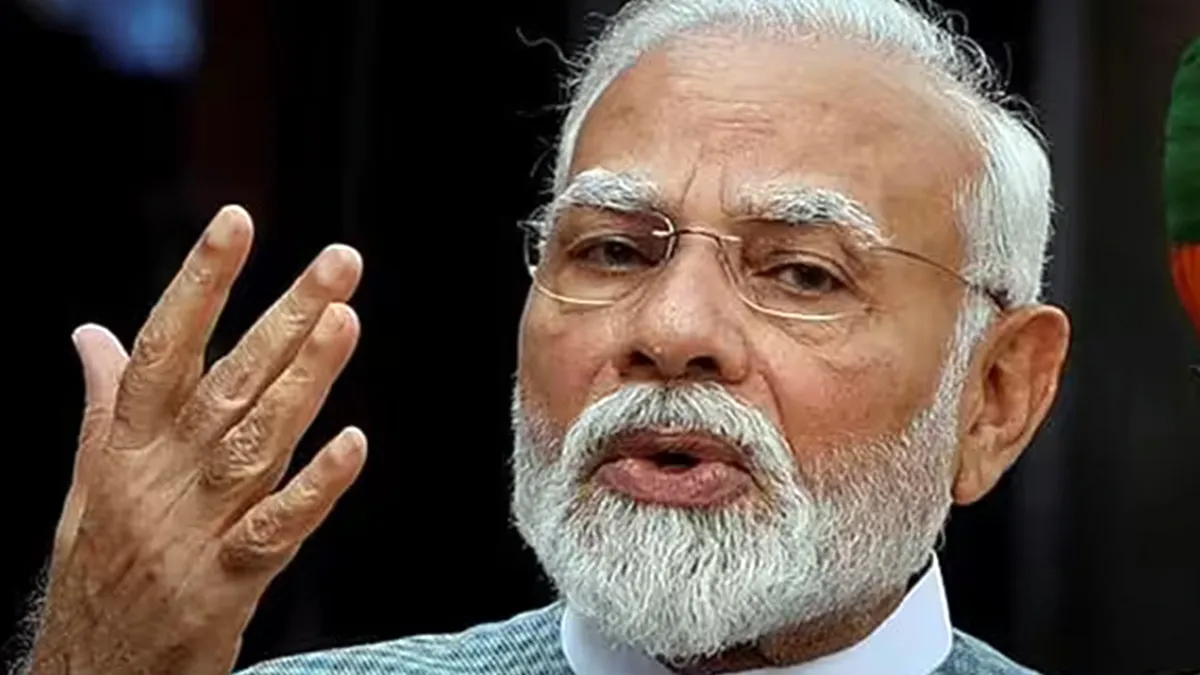PM Narendra Modi has directed the ISRO to aim for a manned mission to the Moon by 2040 and to establish an Indian Space Station by 2035
18 Oct 2023
News
Prime Minister Narendra Modi outlined goals for the Indian Space Research Organisation (ISRO) on Tuesday during a review of India's first manned space mission, a critical test flight for which is scheduled on October 21. The goals included a space station by 2035 and a manned mission to the Moon by 2040.
The Prime Minister's Office (PMO) released an official statement that stated, "Building on the success of the Indian space initiatives, including the recent Chandrayan-3 and Aditya-L1 missions, the Prime Minister directed that India should now aim for new and ambitious goals, including setting up 'Bharatiya Antariksha Station' (Indian Space Station) by 2035 and sending first Indian to the Moon by 2040."
The department of space, which is in charge of managing ISRO 's operations, has also been given the task of creating a roadmap for India's upcoming Moon missions, building a new launch pad, creating human-centered laboratories, and establishing related technologies. The Next Generation Launch Vehicle (NGLV) will be designed with the capability to conduct return missions.
The PM also urged Indian scientists to focus on interplanetary projects, such as a Mars lander and a Venus orbiter mission, during the conference.
"A thorough summary of the Gaganyaan Mission was given by the Department of Space, including a range of technologies that have been developed thus far, including human-rated launch vehicles and system validation. The announcement also mentioned that about 20 significant tests, including three unmanned Human Rated Launch Vehicle (HLVM3) missions, are scheduled.
The date of ISRO 's test vehicle development flight (TV-D1), which is scheduled for October 21 and is an essential test for India's first-ever human spaceflight, Gaganyaan, was also reaffirmed during the review conference. The test flight is planned to depart from the Satish Dhawan Space Centre in Sriharikota at 8 a.m. on October 21, according to a second statement released by ISRO on Tuesday.
The Gaganyaan project, which aims to launch a crew of three into a 400 km orbit for a three-day trip, is an example of India's capability to conduct human space flights. Prior to executing the last human space flight mission, the mission also intends to demonstrate its levels of technological readiness, according to the space agency. Test vehicle (TV) flights, pad abort test (PAT), and integrated air drop test (IADT) are some of these demonstration missions.
A single-stage liquid rocket designed for this abort mission is the TV-D1 test vehicle. The payloads comprise the fast-acting solid motors of the Crew Module (CM) and Crew Escape Systems (CES), in addition to the CM fairing (CMF) and Interface Adapters.
